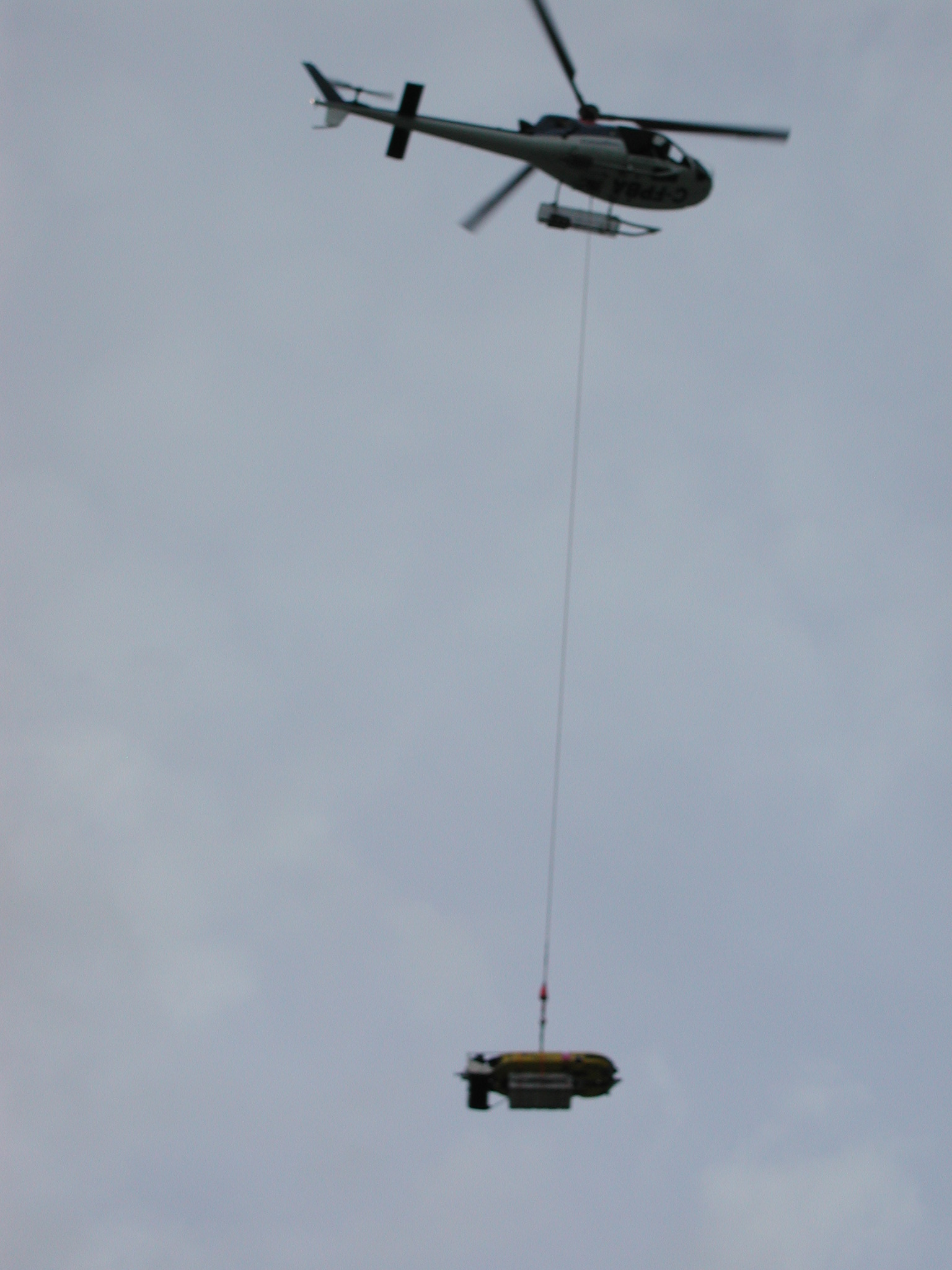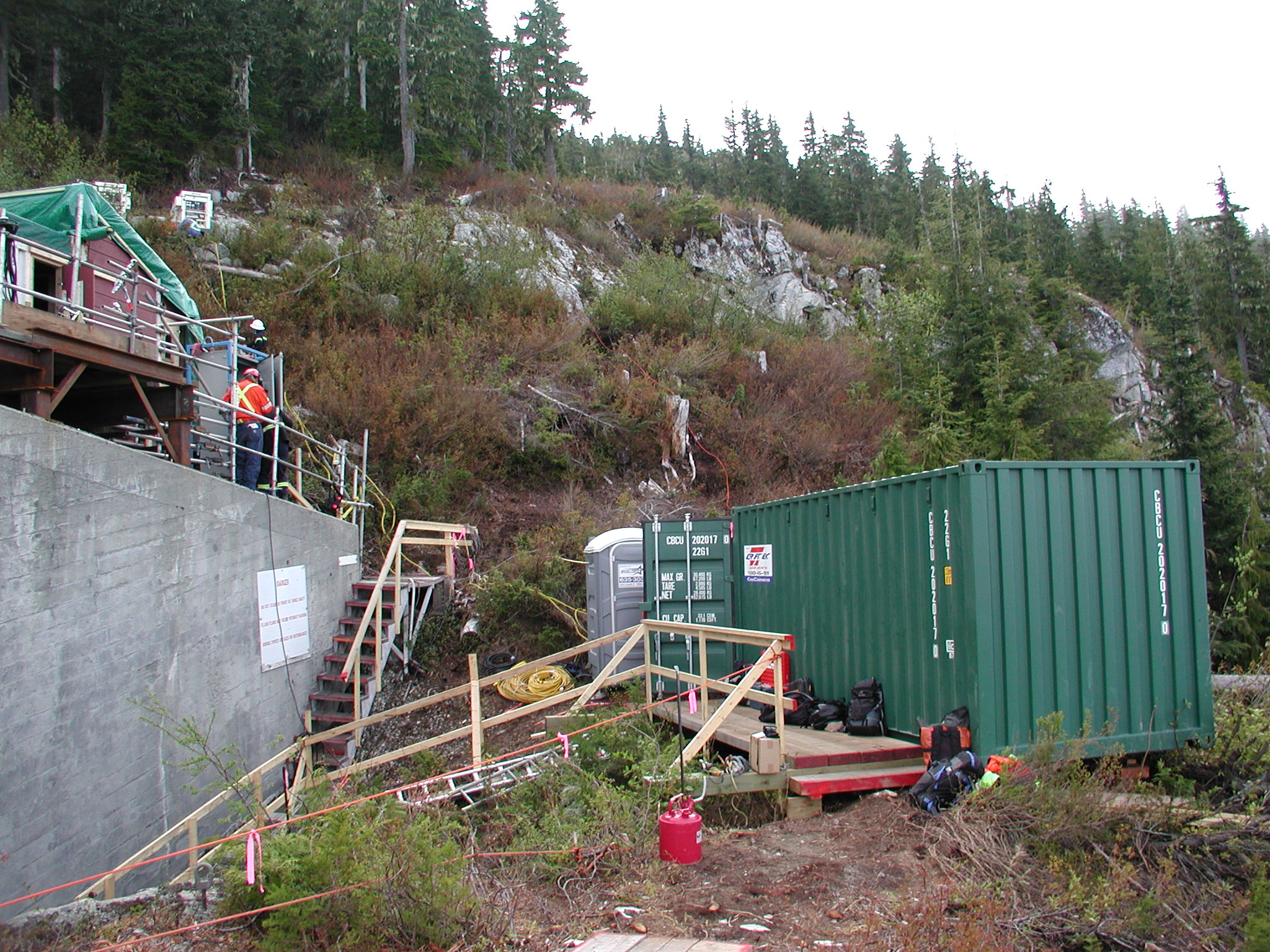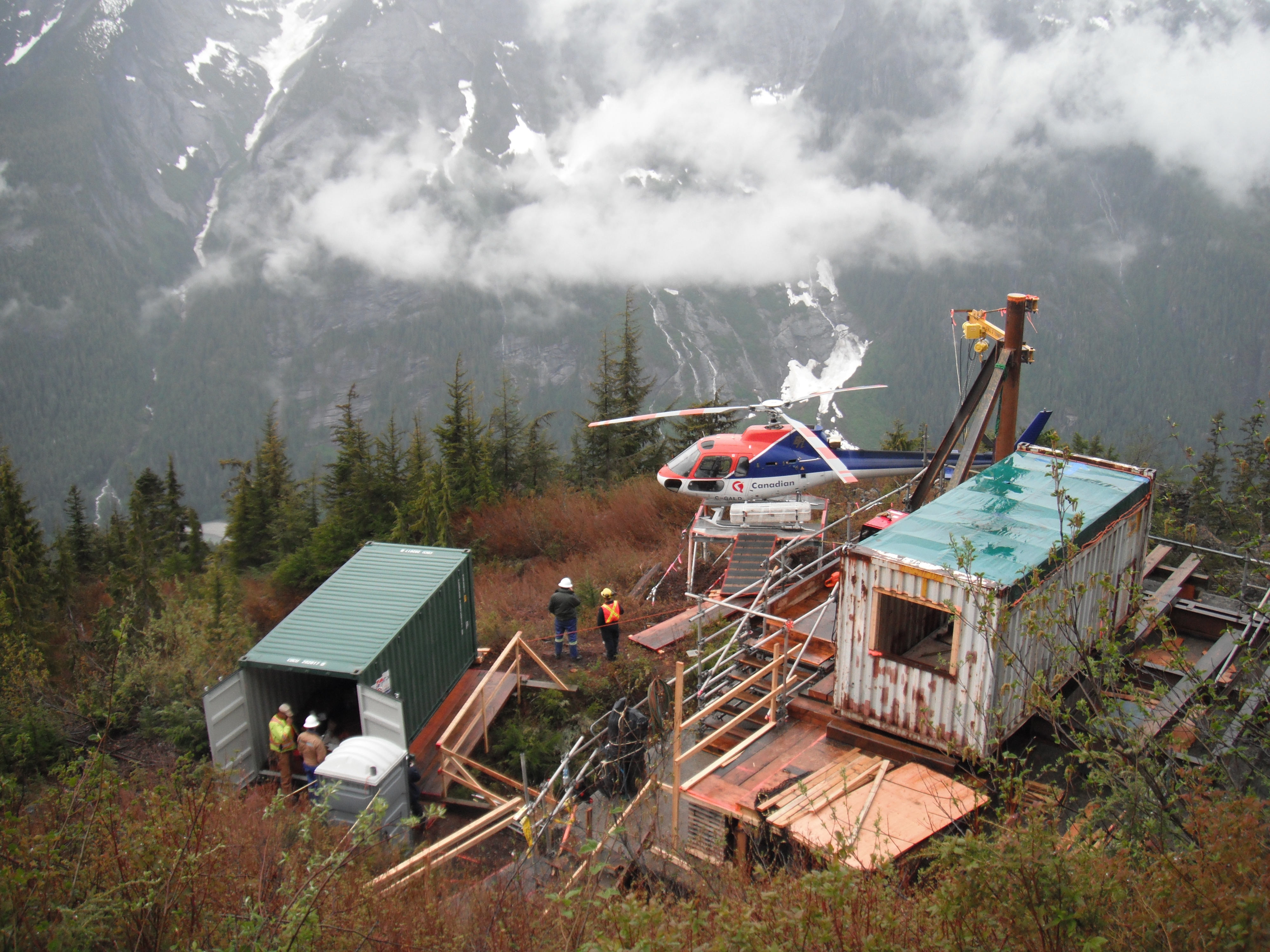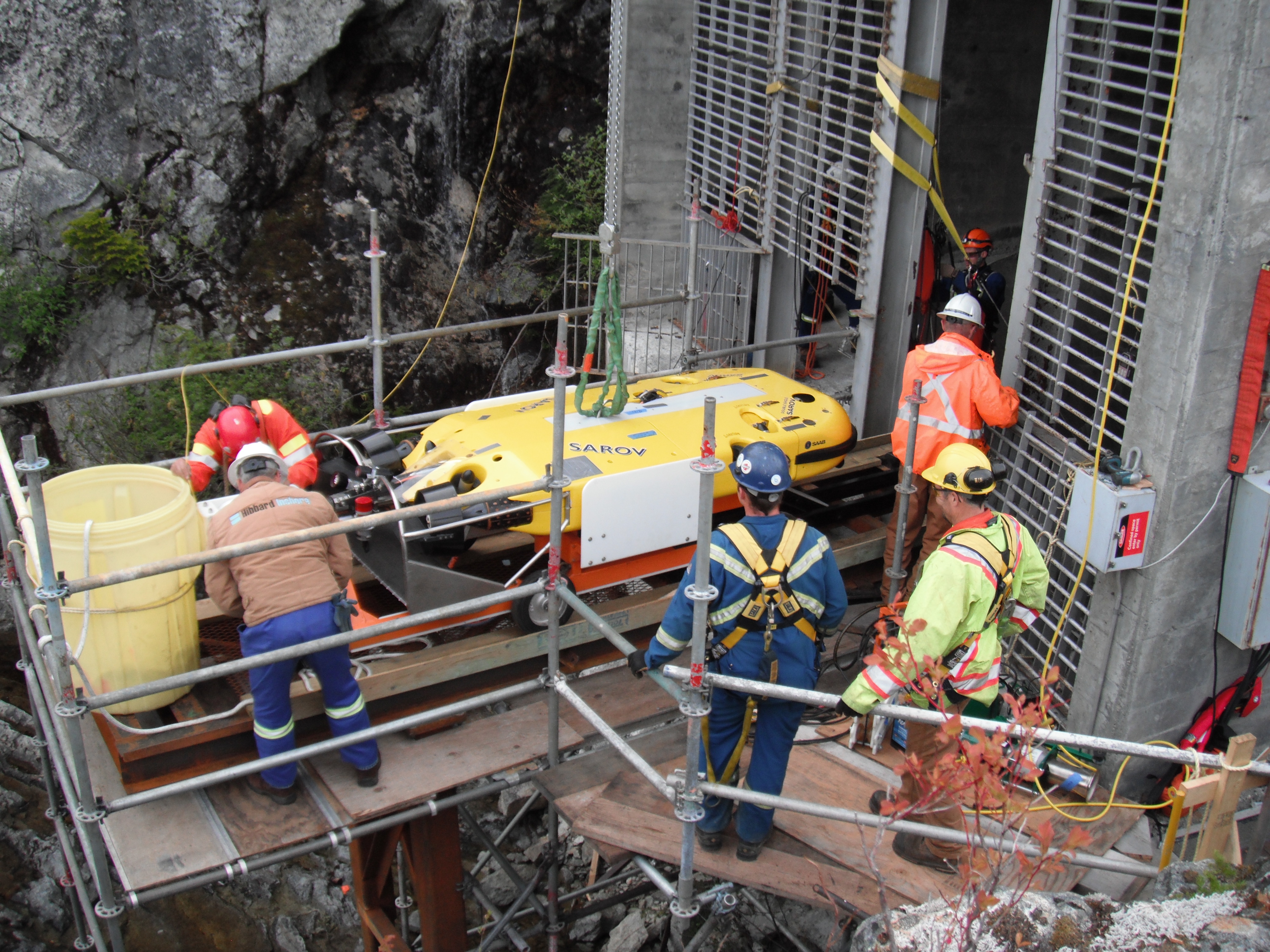Frequently Asked Questions
Often, Hibbard Inshore is approached by customers with questions about how to get started with their projects. When customers contact us, they range in their previous experiences with ROV inspections and construction from those who are very experienced to those looking at possibly using a robotic vehicle for the first time. We aim to bring a level of comfort to both types of customer by learning as much pertinent information about their project as possible so that an intelligent solution can be proposed. We realize that each project often has unique requirements, different driving forces, and can potentially be solved with multiple solutions. Because of this, Hibbard Inshore generally asks all of its customers a similar line of questions to determine the proper vehicle(s), sensors, tooling and methods to be used on each project. The Hibbard Inshore staff is well versed with a wide variety of inspection and construction techniques, available sensors, available electric and hydraulic tooling and of course our ROVs.
Q: What information do I need in order to get a project quote from Hibbard Inshore?
A: While Hibbard Inshore doesn’t always require all of this information, each piece of information you can give our staff about your project can help them to “sharpen the pencil” when putting together a solution and pricing. Unknowns can increase the risk and the number of scenarios that Hibbard Inshore would have to plan and prepare for.
So, with that said, general questions we may ask in order to collect helpful information would be as follows:
1. Why is the project necessary?
2. What type of data that should be gathered by the project (if the project is an inspection)?
- a. Dimensional measurement?
- b. Thickness measurement?
- c. Visual inspection?
- d. Gas measurement?
- e. Feature and anomaly detection? (cracking, out of round, sediment buildup, offsets, etc…)
- f. Geo-referencing of features?
- g. 3D mapping?
- h. Other?
3. Are there maintenance or construction goals of the project?
4. Can you provide elevation and plan drawings of the structure(s) involved?
5. What is the detail of construction material(s) of the structure(s)?
6. What are the locations of potential access points into the water, line, or structure
7. Can you provide detail of access point(s) including size or detail drawings (Manhole, Flange, Gate Slot, Surge Shaft, Intake, Hot Tap etc…)
8. What would be a suitable location and area for setup of the Hibbard Inshore electronics and recording equipment?
9. What is the maximum pressure depth of inspection or work tasks?
10. What are the flow rates that would be encountered in the work area?
11. Can the plant or line be shut down during the inspection or work?
- a. What are the associated costs of a shut down?
- b. What is the maximum duration of the shut down?
12. What will the expected visibility be during the project (zero, low, or good visibility)?
13. Where is the location of the project?
14. Are there any local operations considerations that may impact the project (permitting, fees, duties, available power for equipment, toilet facilities, traffic control requirements, difficult to reach locations, other pertinent information)
15. If known, what is the project budget or estimate?
Like we said, not all of these questions have to be answered in all situations for Hibbard Inshore to put together a method and quotation. It is just helpful to have this information to narrow options by eliminating solutions that might have potential difficulties, determine actual operating conditions, and plan for site logistics. We hope this is helpful, and if you have any questions, feel free to contact us on the phone or by e-mail at any time. We’d be happy to walk through your project with you.
The photos below are from a project where the available access point for a tunnel inspection was a surge shaft on the side of a mountain. The level of logistical difficulties seen here is atypical for our inspections, but the pictures are meant to illustrate that Hibbard Inshore’s equipment can be set up in some of the most difficult circumstances if there is good reason. Hibbard Inshore worked through the questions above with their customer to determine the project equipment and logistical requirements for their inspection. Through that process a method for inspection without dewatering was developed for a tunnel that was previously unable to be inspected.

Figure 1:
Hibbard Inshore Saab Long Range Tunnel Inspection Vehicle for In-Flow Inspection

Figure 2:
Hibbard Inshore Saab Vehicle Readied for Helicopter Transport to Jobsite

Figure 3:
Vehicle Transport to Jobsite

Figure 4:
Container for Jobsite Office Space

Figure 5:
Site Setup for Hibbard Inshore Remote Inspection Operations

Figure 6:
Hibbard Inshore Remote Job Site

Figure 7:
Hibbard Inshore Long Tunnel Inspection Vehicle Entering Tunnel at Remote Job Site

